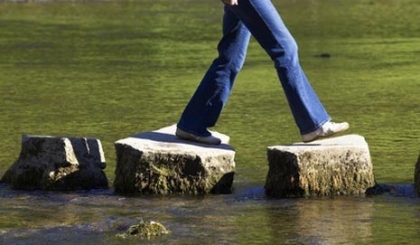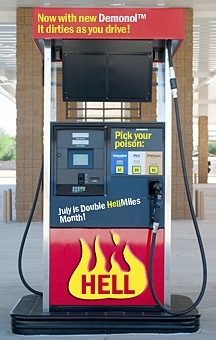Perspectives on greener product development and manufacturing from Sustainable Minds, our partners, customers and contributors.
-
Autodesk's Rob Cohee previews Sustainable Minds LCA software
Categories: Certifications & labeling, Designers, Electronics, Green Economy, Life cycle assessment, Manufacturing, Marketing, Materials & processes, Packaging, Product service systems, Products, Software & systems, Standards & regulations, Strategies, Supply chain, Sustainability paradox, Sustainable Europe, Sustainable interaction design, Teamwork -
Sustainable Minds Makes Life Cycle Analysis Easy
Categories: Certifications & labeling, Designers, Electronics, Green Economy, Life cycle assessment, Manufacturing, Marketing, Materials & processes, Packaging, Product service systems, Products, Software & systems, Standards & regulations, Strategies, Supply chain, Sustainability paradox, Sustainable Europe, Sustainable interaction design, Teamwork






 Feed: blog
Feed: blog
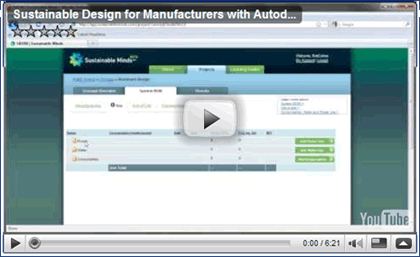
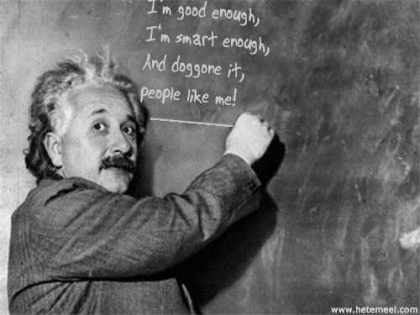
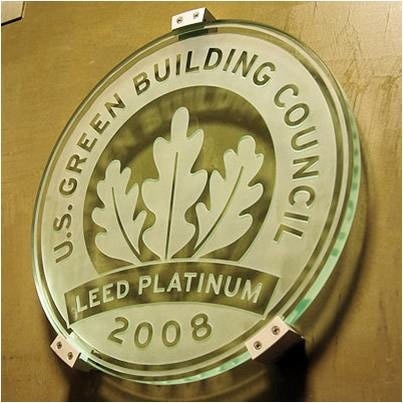
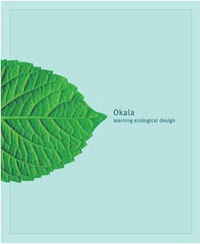 This post by guest contributor Steve Puma, a sustainability and personal technology consultant, first appeared on
This post by guest contributor Steve Puma, a sustainability and personal technology consultant, first appeared on 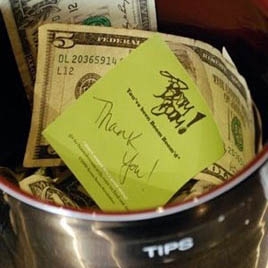
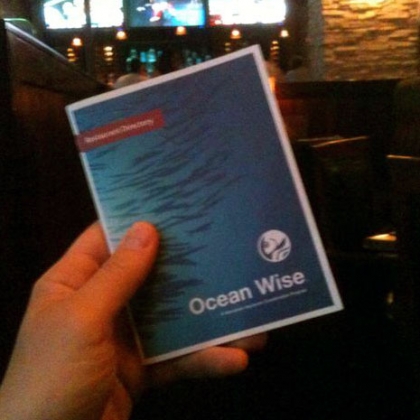
 Sustainable design is more than a philosophy for the work space. It should also become a philosophy for living, driving the decisions we make every minute of the day. For some people it is like dieting; sometimes you go overboard and sometimes you forget about it altogether.
Sustainable design is more than a philosophy for the work space. It should also become a philosophy for living, driving the decisions we make every minute of the day. For some people it is like dieting; sometimes you go overboard and sometimes you forget about it altogether.